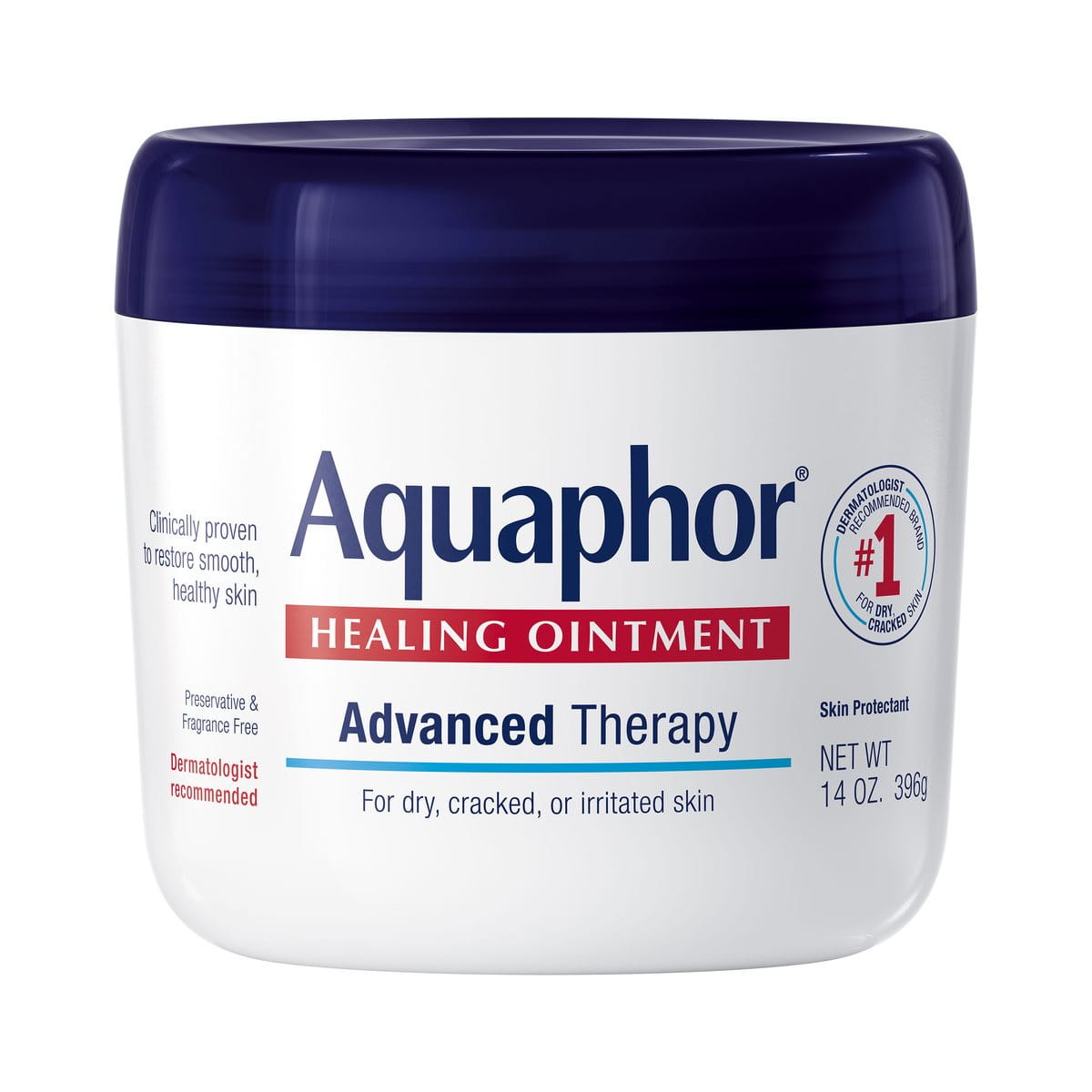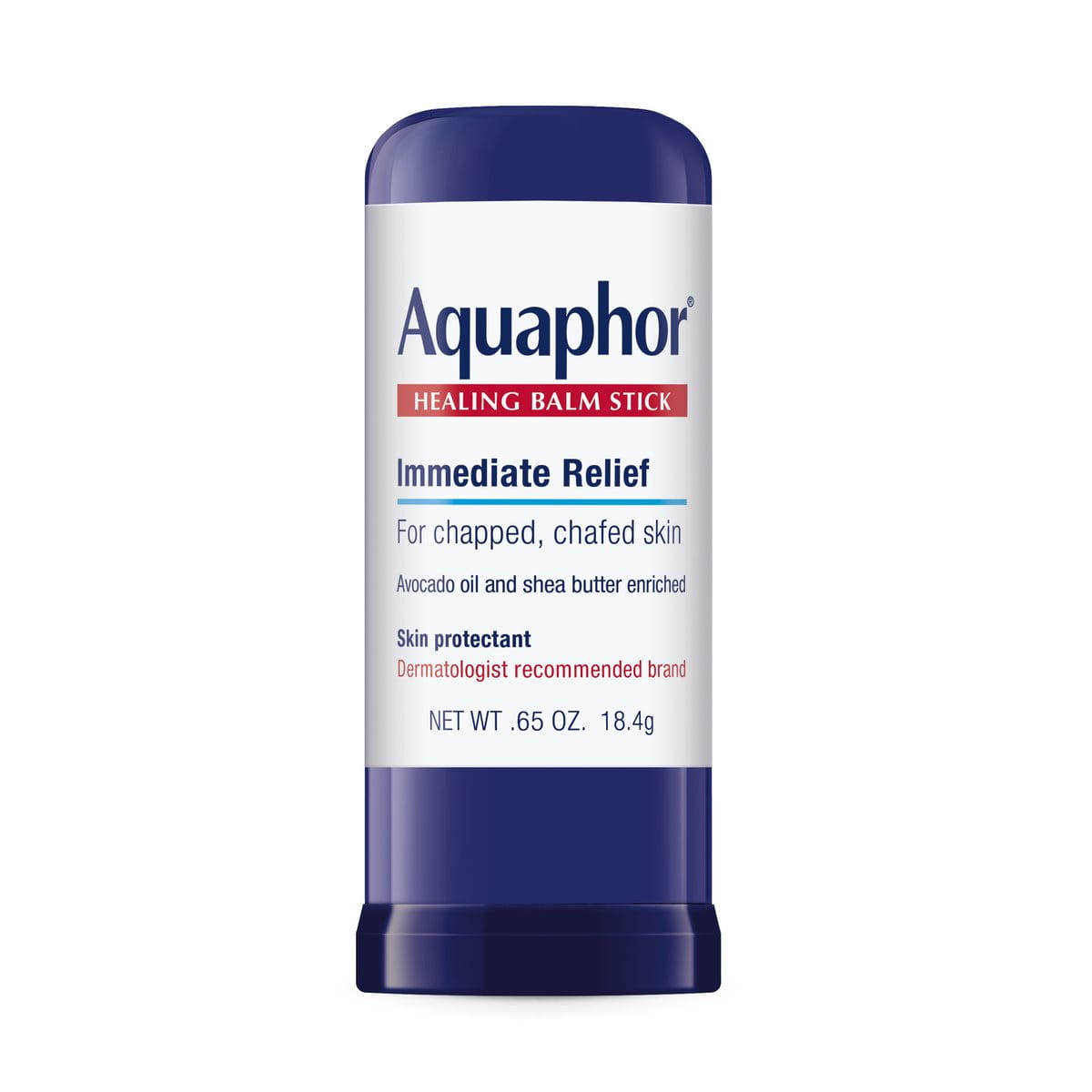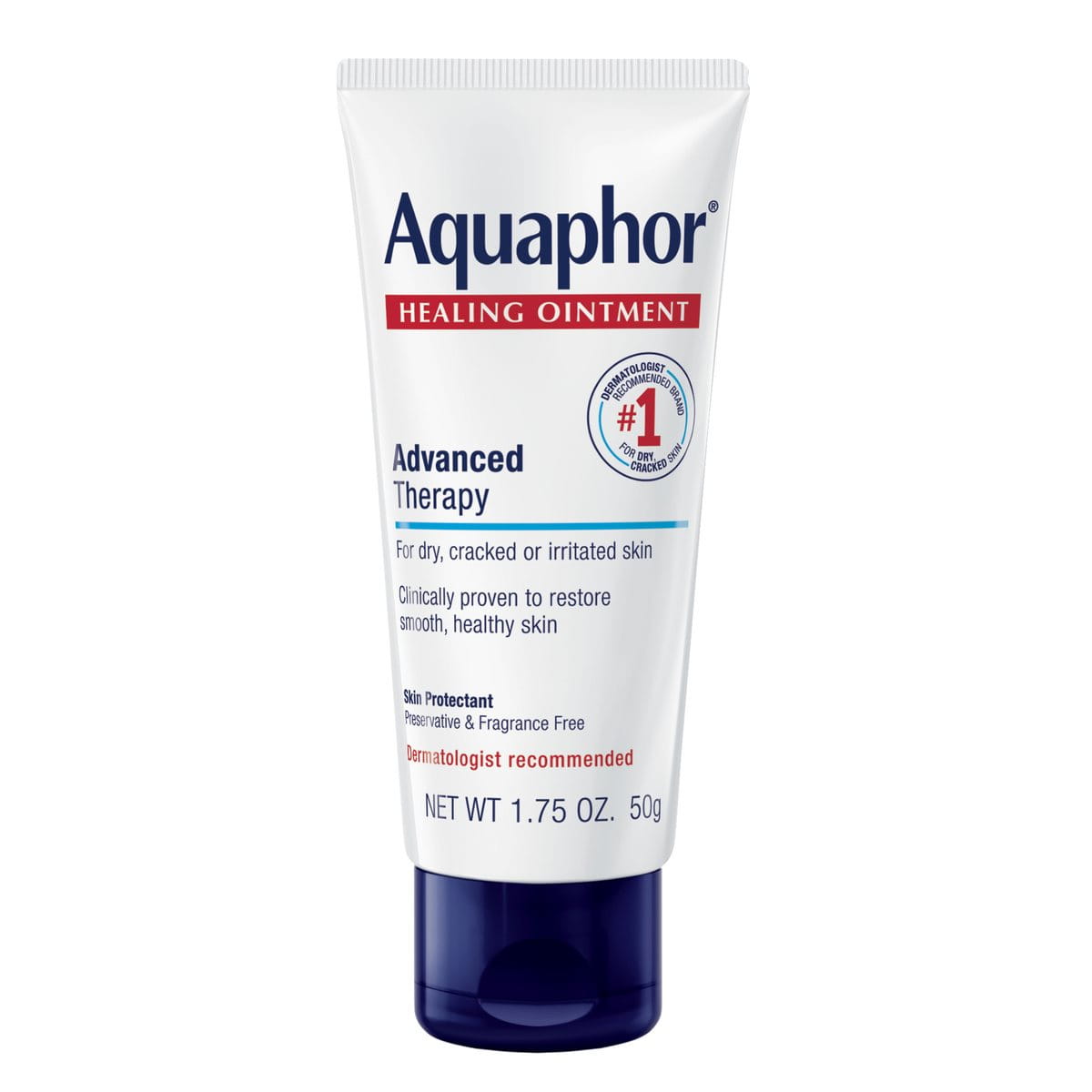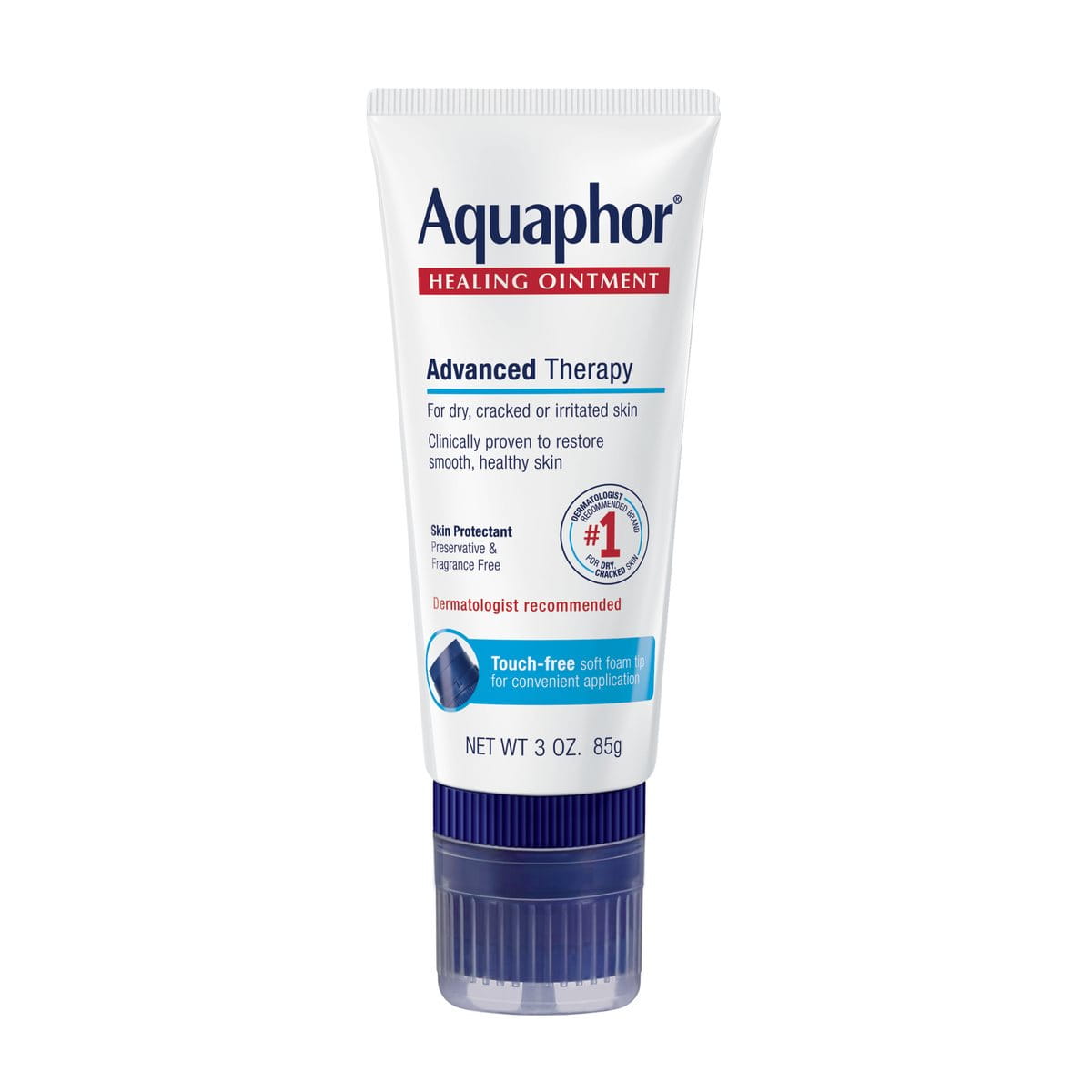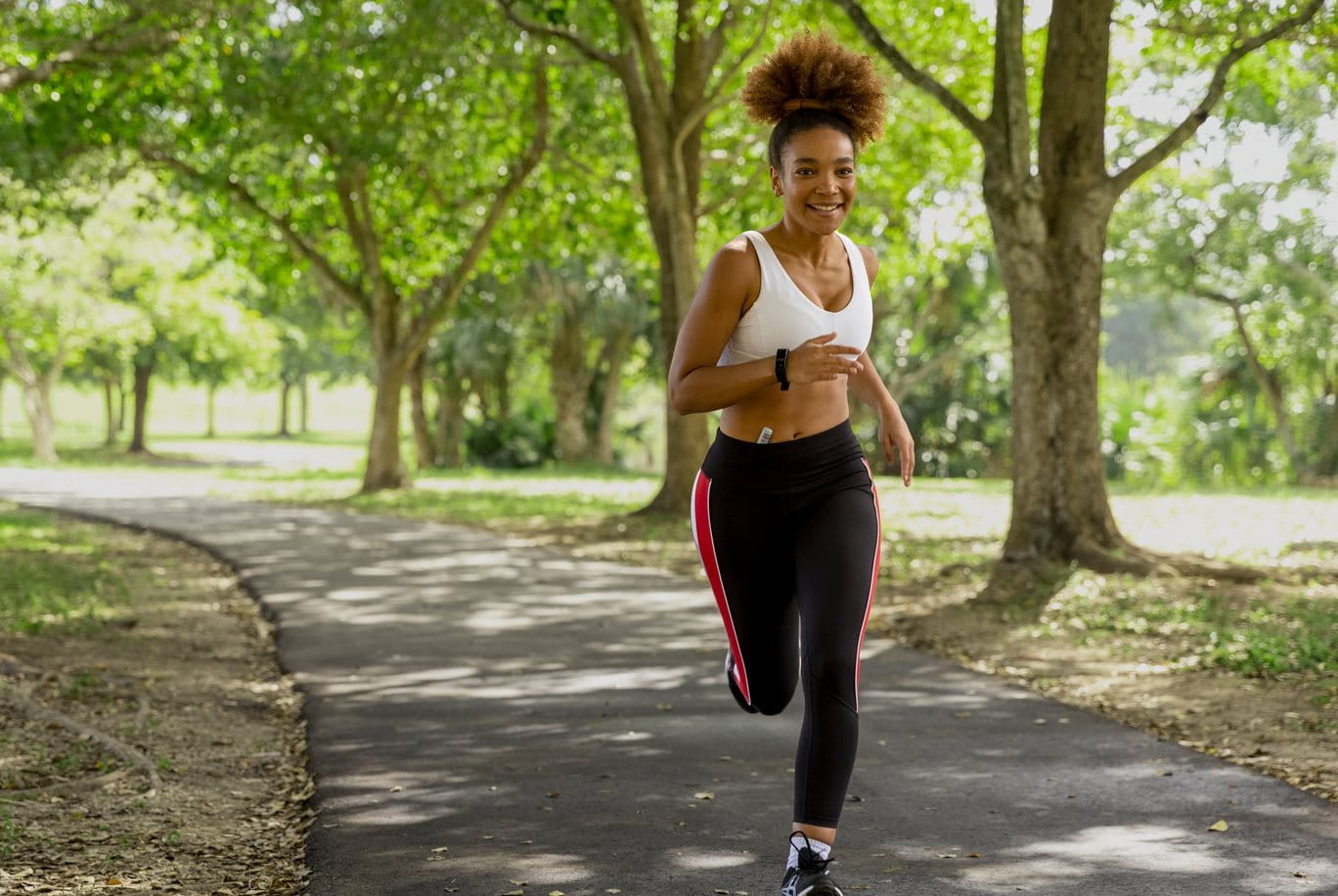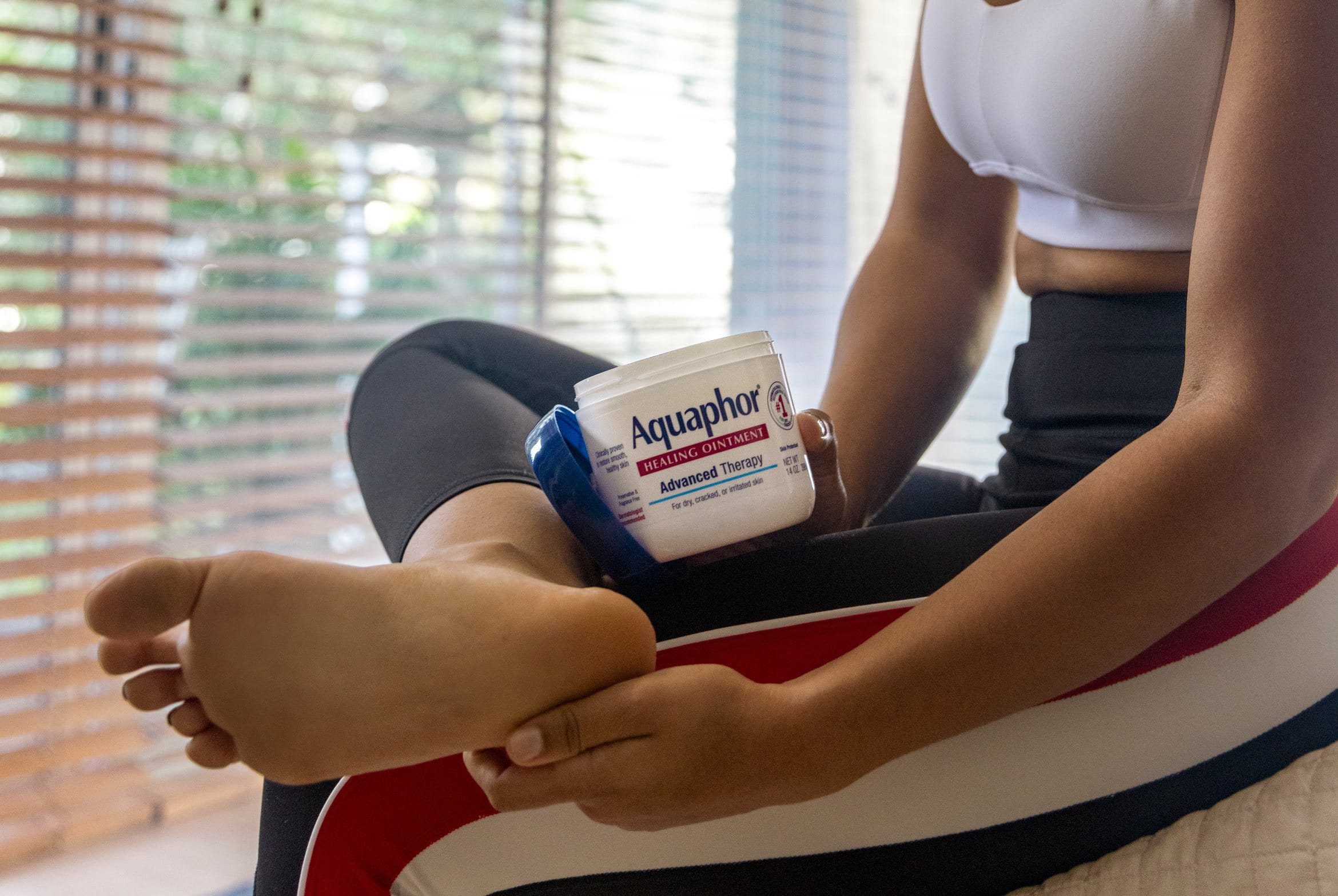Being able to spend an entire day shopping and then dance the night away is great – but all it takes is a painful blister to spoil the fun. Learn all about what causes blisters, how to treat them, and how to help prevent them below.
What is a blister?
A blister is an area of raised skin with a small pocket of watery liquid inside. Blisters form from continuous rubbing and pressure, and they can also form due to burns, moisture, and heat. Blisters are common on areas of the body that experience friction like hands and feet but can occur anywhere on the skin.
How does a blister form?
Repetitive rubbing and pressure will eventually lead to the separation of the epidermis (the outer skin layer) from its lower skin layers, and this leads to the formation of a blister containing tissue fluid. This liquid is supposed to cushion the wound and protect it from further pressure. Though it can be painful, a blister is a clever self-protective measure of your body.
The blister’s outer membrane is what successfully protects the wound - from further pressure, and from dirt and bacteria infecting the body.
How to tell if a blister is infected
Unfortunately, a blister is painful and can burst if exposed to more pressure and friction. This leaves an open wound that can be painful and easily become infected. An infected blister is filled with yellow or green pus and feels hot. The surrounding skin will appear red, though this can be difficult to notice on darker skin tones. Skin may become red before a blister forms, so redness is not always a sign of infection. Infected blisters should be treated, otherwise they could lead to other infections.
Infections may require treatment plans involving antibiotics so it’s important to seek medical attention right away if you suspect an infection may be forming.
Blisters on feet
It’s not uncommon to get blisters on your feet. The feet experience a lot of friction while walking or running while wearing shoes and may also experience blisters on the bottoms of the feet if walking barefoot on hot pavement. Blisters on the feet can form from excessive friction caused by ill-fitting shoes, or from very long walks, runs, or hikes in shoes that may seem comfortable at first. Chafing from friction is exacerbated by moisture, so when feet are sweaty or if shoes get wet and soak through to the feet, this can increase the likelihood of blisters.
Blisters on the feet can show up anywhere on the foot, from the side of the pinkie toe to the balls of the feet, the tops of the feet, and, very commonly, the heels. Blisters on the heels are particularly common with ill-fitting shoes. This is because every step can cause friction at the contact point when the foot is rolling off the ground to take another step, as well as when landing and pushing the foot back down into the shoe. Both shoes that are too loose and shoes that are too tight can cause friction blisters on the heels.
Whether wearing a pair of stiff dress shoes without socks, a pair of sandals with rubbing straps, or wearing socks with a pair of sneakers that rub against the heel, a blister on the foot or heel may be close behind without proper precautions. When it comes to blisters on the feet, prevention is the key.
How to manage blisters on the feet and other areas of the body
While blisters can be painful and inconvenient, they are seldom serious and can be managed with some gentle home treatment. Here are some steps to take to help take care of a blister if you see one forming:
How to take care of an intact blister that hasn’t broken
- Cover the blister – While the blister itself is working hard to cover a wound, protecting the blister from further friction and possible rupture is an important first step in blister care. Gently cover the blister with a bandage and ensure that the center of the bandage is a bit loose as not to apply additional pressure to the blister. If the blister is on an area that experiences unavoidable pressure (such as the ball of the foot or bottom of toes), apply a donut-shaped bandage or moleskin to ease the pressure.
- Avoid friction in the area – If possible, stop the activity that caused the blister and avoid friction in the area until blistered skin has fully healed.
How to manage a blister that has broken
Sometimes, despite precautions, blisters can break on their own. If this happens, there are some measures you can take to soothe your blister:
- Keep the area clean and dry – gently wash your blister with a gentle soap, rinse clean with water and pat dry, being careful not to further irritate the skin with harsh detergents or rubbing.
- Apply a skin protectant ointment – applying an ointment like Aquaphor Healing Ointment will help protect and soothe the skin.
- Apply a sterile bandage – cover loosely with a bandage to help protect the blister without adding further pressure.
Should you pop blisters?
The best way to deal with a blister is to leave it intact. As long as it is covered, the wound is protected from infection. A blister should not be opened because the blister roof protects against additional infection. If the blister opens accidentally, don't pull off the outer skin layer.
Leave a popped blister alone to heal. To help soothe skin , apply a skin protectant like Aquaphor® Healing Ointment, and cover it with a loose bandage.
How to help prevent blisters on the feet
When it comes to blisters, prevention is the name of the game. It’s much easier to prevent a blister from forming than to try to stop it once the process has started. If you're prone to suffering from blisters, read our tips on blister prevention:
- Wear comfortable shoes that fit correctly - especially if you know that you’ll be walking a lot or on your feet for a long time. The right choice of shoes can help prevent future pain, and shoes are a major reason behind the formation of blisters on the feet. Remember to gradually break in new shoes before you wear them on on a day where you know you’ll be walking for extended periods of time.
- Wear better socks - such as non-cotton ones that wick away moisture. Consider doubling up on socks prior to any blister-inducing activities. This allows one layer to soak up moisture while the other provides extra padding. Working out or running? Wear special socks that are enforced on toes or heels and that don‘t have seams.
- Apply a foot cream regularly for basic foot care - This will make the skin on your feet more supple and hydrated and therefore more resistant to developing blisters.
- Keep your skin dry - Humidity and leather or canvas are not a good mix: keep your feet as dry as possible. Wet shoes, boots and socks will cause blisters far quicker than dry ones.
- Cover up – securely apply a soft bandage or moleskin to areas that are prone to blisters for an extra layer of protection.
- Apply a skin protectant before a blister can start – apply Aquaphor® Healing Ointment to anywhere your feet are prone to blisters or chafing. This ointment with Petrolatum (a skin protectant), Panthenol and Glycerin helps to protect and soothe the skin.
- Add a foot powder to your shoes and socks to help absorb moisture.
- Consider keeping calluses instead of removing them, as they help to protect your feet.
Preventing blisters on hands and other areas of the body
To help prevent blisters from forming on your hands and other areas, similar guidelines apply as those to help prevent foot blisters, with a focus on reducing friction and stopping the activity that may be causing it at the first sign of redness or pain.
- Be sure to wear thick gloves if performing manual labor that typically causes friction on the hands.
- If you’re doing an activity that causes friction on the hands like riding a bike, shoveling, raking, etc. and see redness starting, stop the activity and apply skin protectant and a bandage, and avoid resuming until the skin is no longer irritated if possible.
- Apply an ointment for blisters or balm like Aquaphor® Healing Balm Stick to areas of the body prone to friction, such as the inner thighs, to help prevent chafing that could lead to a blister.
Help prevent and soothe blisters with Aquaphor®
There’s no quicker way to ruin a night out, picturesque hike, or heart-pumping workout than getting blisters. Dab Aquaphor® Healing Ointment on the back of your ankle, the top of your toes, the outer toe joints, or any other sensitive spots if your feet are prone to blisters or chafing. Feel a blister already forming? You can use the ointment to soothe blisters as well. This skin protectant ointment soothes blisters and helps to moisturize, nourish and protect skin.
The information provided herein is not intended to be medical advice. Nor is it intended to treat the underlying skin disease or condition. The information is provided solely to:
- Moisturize, soften and smooth dry skin
- Improve the appearance of the skin
- Achieve healthier-looking skin

